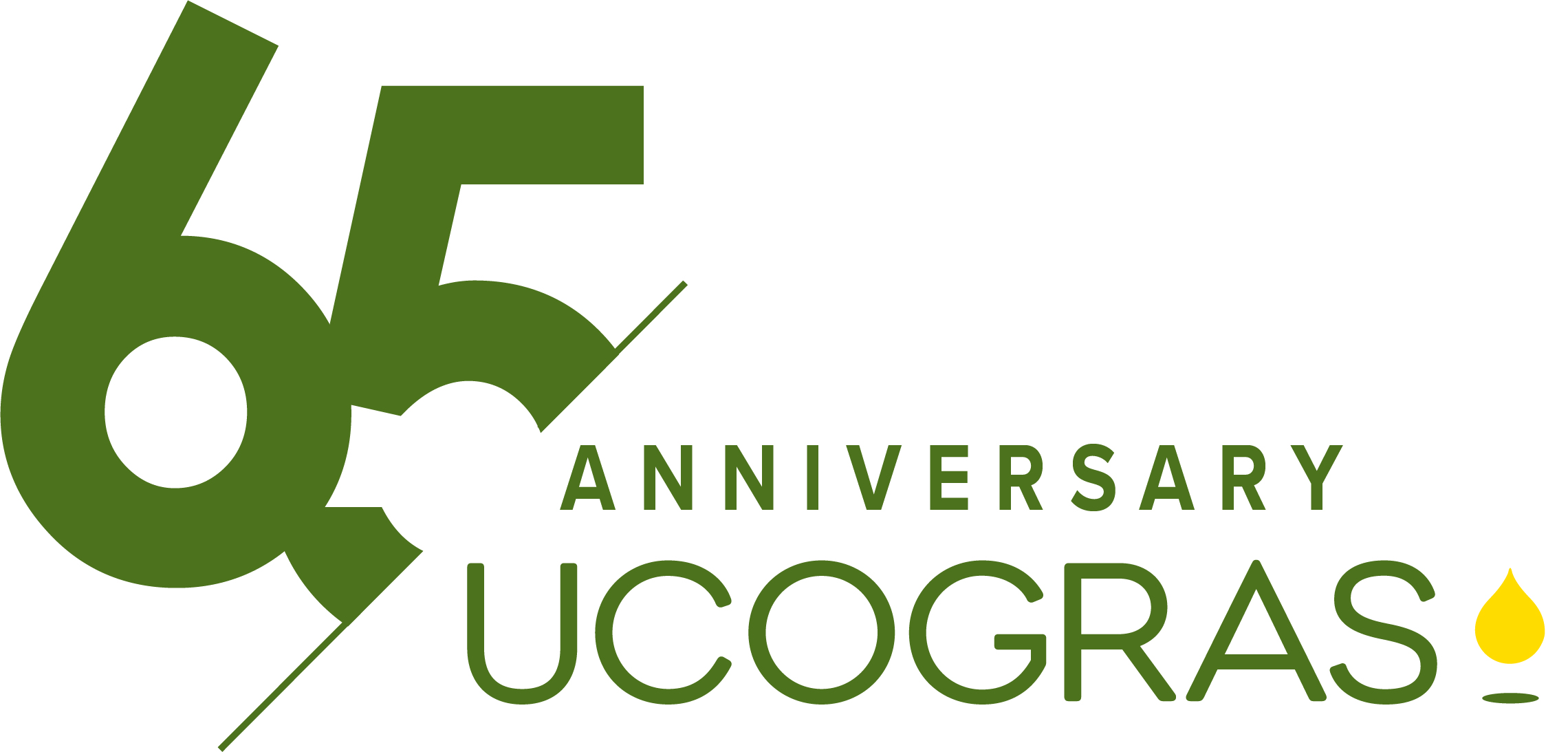Inspectie
Inspection means the independent and neutral evaluation of products including edible oils, fats, agricultural produce and foodstuffs. The aim here is to provide the client with information about the product and/or the product’s conformity with certain specifications or standards. The inspection gives an objective evaluation of the quality, processing, quantity, packaging, brands and/or cleanliness of the vehicle or tank in which the product is to be transported or stored.

Quality
An important aspect of the inspection is the analytical evaluation of the characteristics and properties integrally linked to a given product.
Quality consists of the totality of physical and chemical properties that are the result of growing (harvesting) or producing the product.
Sampling
To be able to evaluate the quality of a product correctly, the representative sampling of a product lot is indispensable. By definition, this means reducing a total product lot to a smaller, manageable quantity that still contains all the defects and capacities of the total lot, in the same proportions that they occur in the total lot but homogeneously distributed throughout the quantity of the final sample. A sampling plan is required for this, establishing how many increments (each individual portion of sampled material), partial samples (logical series of increments combined), overall samples (all the partial samples combined) and final samples or analysis samples (reduced overall samples) are required. After sampling, the sample material taken must be packed dependent on the parameters to be investigated. The nature of the packaging and its method of application must be such that the parameters to be investigated cannot be altered.
The properly packed sample must then be labelled in such a way that the identity of the sample is clearly and unambiguously related to the total sampled lot.
The correctly packed and correctly labelled sample must be sealed in such a way that the packaging cannot be opened, the contents cannot be altered and the label cannot be exchanged without this leaving clear, externally visible traces.
Contractual conditions and/or international standards are often imposed on sampling, such as FOSFA, GAFTA, ISO etc.

Quantity
Quantity and weight controls include establishing the quantity, in number and/or weight, of the total number of goods to be evaluated. The number of units is established by tally. The weight is established by weighing the goods correctly. Among other things, this entails checking the accuracy of the weighing apparatus and the recorded values.
